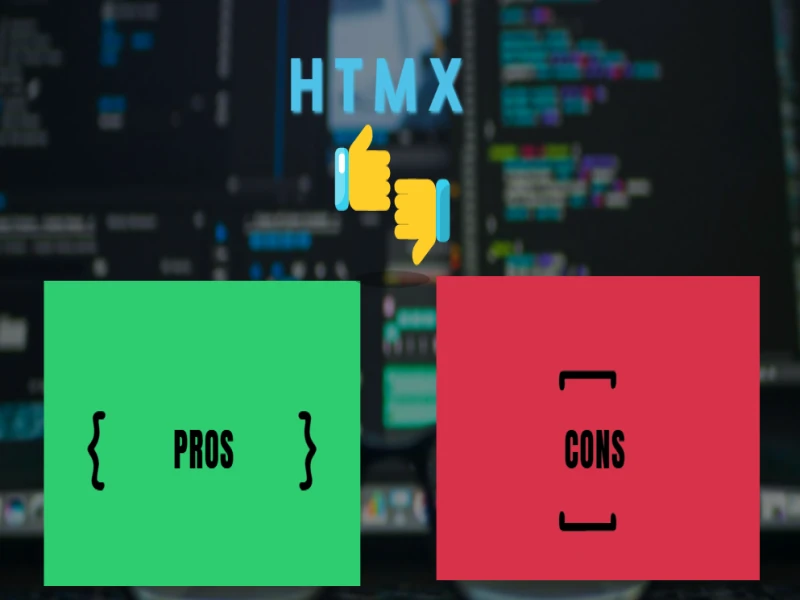
SQL vs NoSQL : la confrontation avec les bases de données dont vous ne saviez pas avoir besoin
A Deep Dive into the Diverse World of Databases: Past, Present, and Future
From managing your social network connections to powering e-commerce giants, databases are the silent workhorses of the digital age. But not all databases are created equal. In this blog, we'll embark on a journey through the fascinating world of database types, exploring their unique histories, real-world applications, and potential transformations in the future.
1. The King of Structure: Relational Databases (RDBMS)
Think of relational databases like neatly organized spreadsheets. Data is stored in tables with rows and columns, and relationships between tables are established through foreign keys. This structure makes them ideal for complex queries and data analysis, and they're the backbone of countless applications.
- Example: MySQL powers countless websites and online stores, while Oracle is a mainstay in enterprise resource planning (ERP) systems.
- Real-world application: When you search for flights on a travel website, the database seamlessly combines data from airlines, airports, and travel agencies to offer you the perfect itinerary.
- History: Developed in the 1970s, RDBMS reigned supreme for decades. Their structured nature ensures data integrity but can be inflexible for complex data types.
2. Breaking the Mold: NoSQL Databases
NoSQL databases throw the rigid structure of RDBMS out the window. They embrace flexibility and scalability, making them perfect for handling unstructured data like social media posts, sensor readings, and multimedia content.
- Types: Document databases (MongoDB), key-value stores (Redis), graph databases (Neo4j), and wide-column stores (Cassandra) cater to specific data types and use cases.
- Real-world application: Social media platforms like Facebook rely on NoSQL databases to store and manage massive amounts of user data and interactions.
- History: Rising in the 2000s, NoSQL databases offered a breath of fresh air for applications with unconventional data needs. However, their lack of rigid structure can pose challenges for data consistency.
3. Niche Players: Beyond the Big Two
Beyond RDBMS and NoSQL, a plethora of specialized database types cater to specific needs:
- Object-oriented databases: Designed to mirror real-world objects, they're ideal for complex engineering and scientific applications.
- Hierarchical databases: Used in legacy systems like email servers, they organize data in a tree-like structure.
- Cloud databases: Hosted by cloud providers like Google Cloud or Amazon Web Services, they offer scalability and flexibility without the burden of onsite maintenance.
4. The Future of Data Storage: What's on the Horizon?
The database landscape is constantly evolving, driven by emerging technologies and changing data needs. Here are some exciting trends to watch:
- Hybrid and multi-cloud deployments: Combining RDBMS and NoSQL databases, or leveraging different cloud providers, will become increasingly common.
- Integration with AI and machine learning: Databases will become smarter, automatically optimizing themselves and generating insights from stored data.
- Emphasis on security and privacy: With data breaches becoming more prevalent, robust security measures will be essential for all types of databases.
In Conclusion:
The world of databases is vast and intricate, but understanding its different types and their applications is crucial for navigating the digital age. As technology advances, we can expect even more innovative database solutions to emerge, shaping the future of how we store, manage, and analyze data.
This blog is just a glimpse into the fascinating world of databases. If you have any questions or want to delve deeper into a specific type, feel free to leave a comment below!


